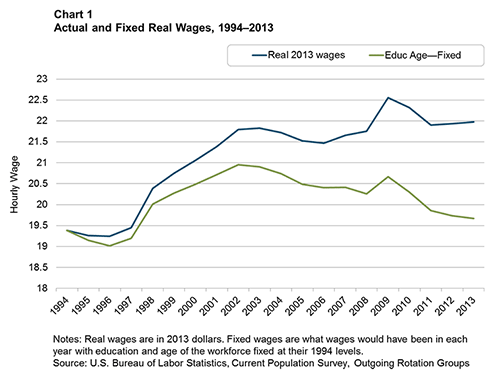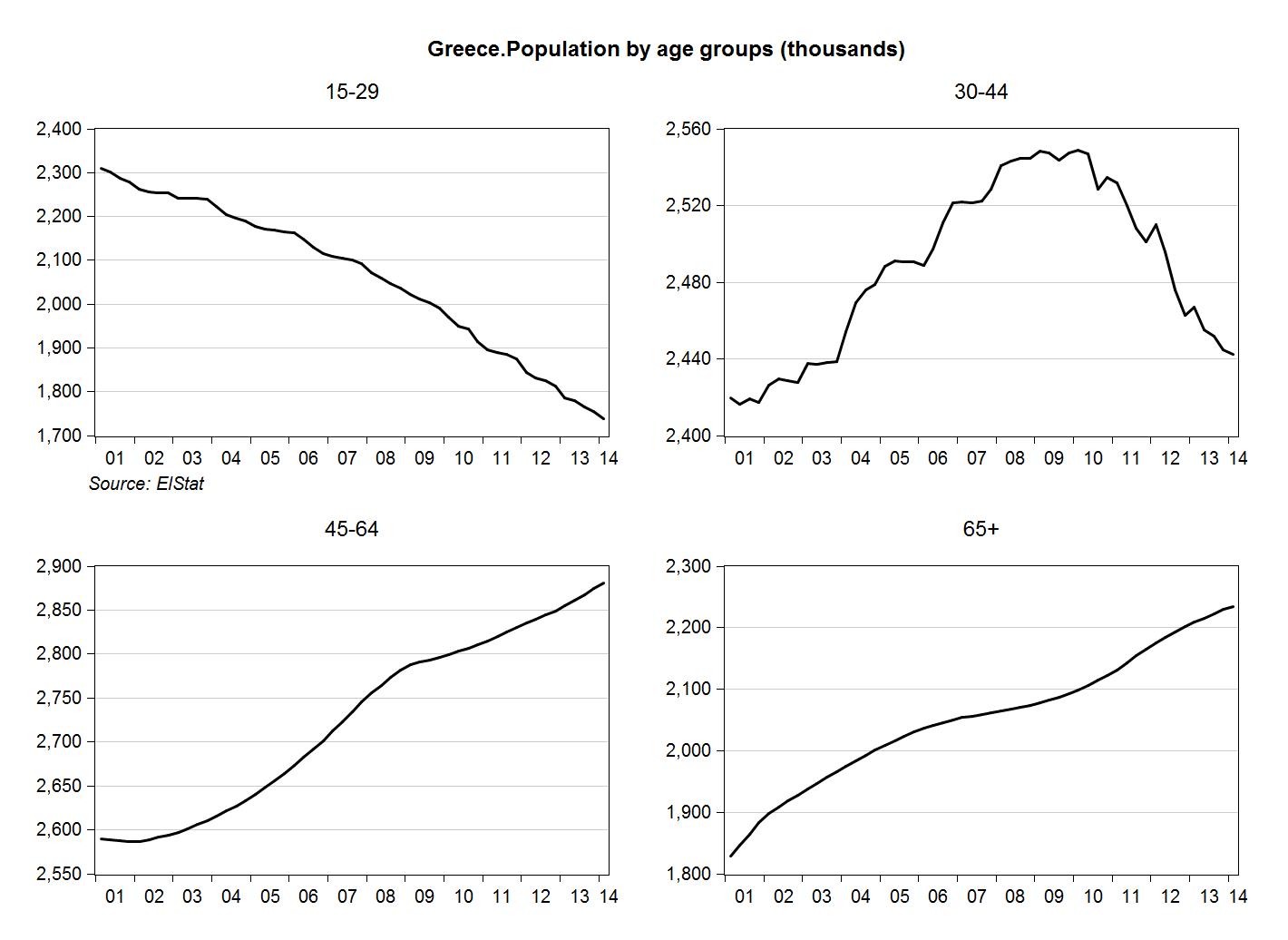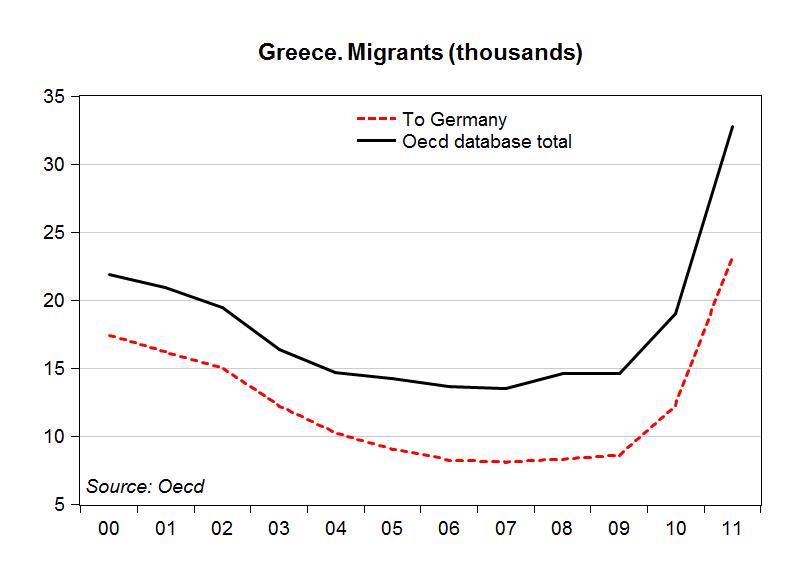Another Eccles at the Fed?
From time to time, I call attention to solid coverage of the Federal Reserve in the popular press, for example this post, which links to an interesting William Greider profile of Ben Bernanke. Nicholas Lemann profiles the new Fed chair in the July 21 issue of The New Yorker. One of the key themes of the newer article is that Yellen is “the most liberal [Fed chair] since Marriner Eccles,” and an “unrepentant Keynesian.”
The article usefully contrasts Yellen’s policy views with those of orthodox macroeconomics. Yellen identifies as an adherent of the philosophy that government is capable of greatly improving on the outcomes of a modern capitalist system. (For many, this is the essence of what is known as the liberal view in the US political realm. Yellen’s liberalism will matter (1) in financial regulation, and (2) in macro policy, where the Fed is influential.)
Of course, there are many varieties of liberalism. Here is a perhaps-characteristic Yellen quote from the article, explaining economics as a personal career choice: “What I really liked about economics was that it provided a rigorous, analytical way of thinking about issues that have great impact on people’s lives. Economics is a subject that really relates to core aspects of human well-being, and there’s a methodology for thinking about these things. This was a very appealing combination to me.”
The quote continues, “Market economies are capable of massive breakdowns that can result in long, devastating periods of high unemployment. And I felt that economists had really learned something about how to address that.”
On the other hand, the article expresses sympathy with the view expressed by Bernanke and others that Keynesian economics itself (as practiced by most academic economics departments) did not foresee the financial crisis that began about 2008. As readers of this blog know, of course, economists affiliated with the Levy Institute and its Minskyan tradition were among the few who did anticipate a crisis. The article notes that Yellen herself “began to be concerned that there was a dangerous bubble in housing markets” in 2005 and 2006, but quotes her as conceding that she “absolutely did not see it as something that could take the financial system down.”
What about the role of bank money and nominal wages, topics on my own mind with the approach of the International Post Keynesian Conference, which the Levy Institute is partially sponsoring? continue reading…







 ShareThis
ShareThis